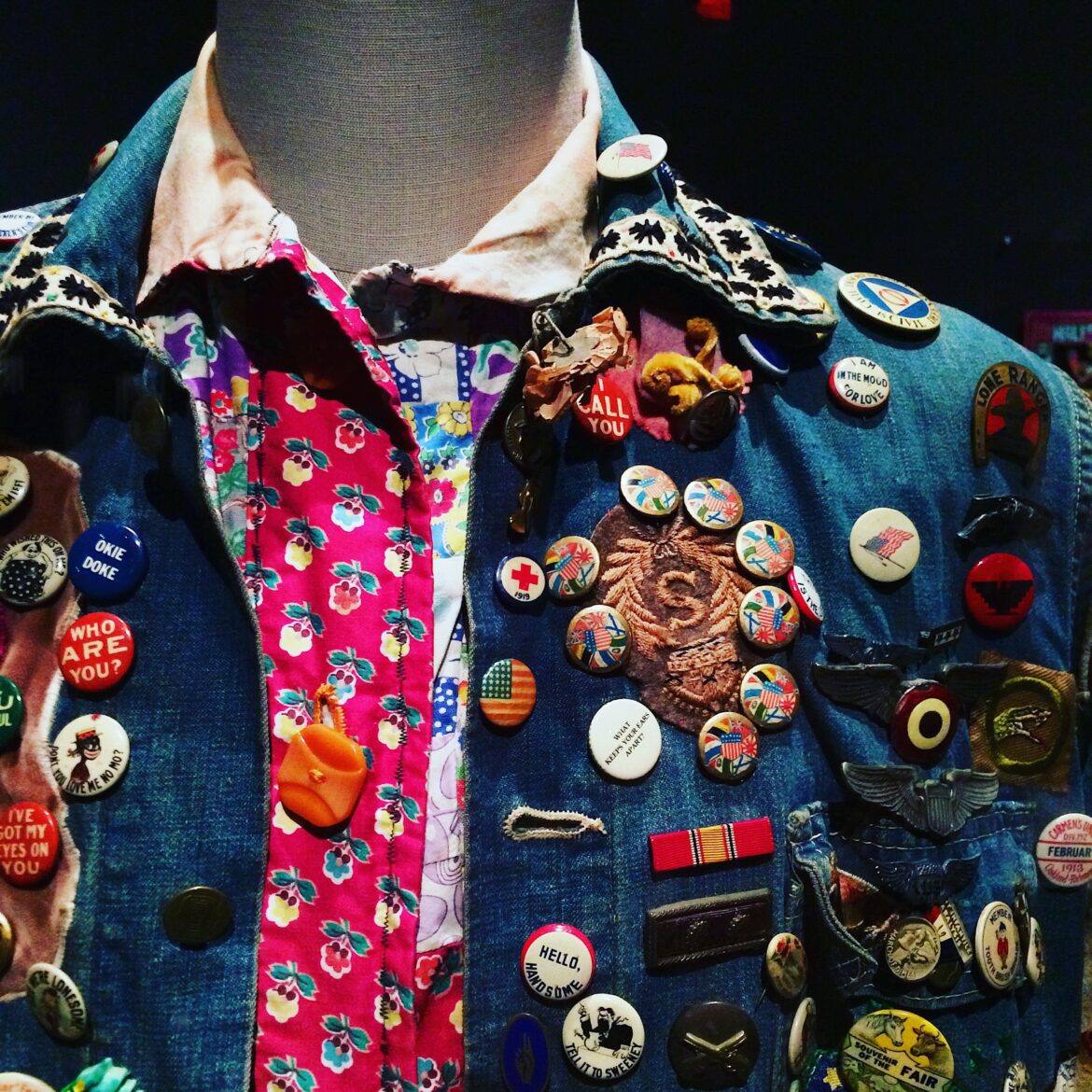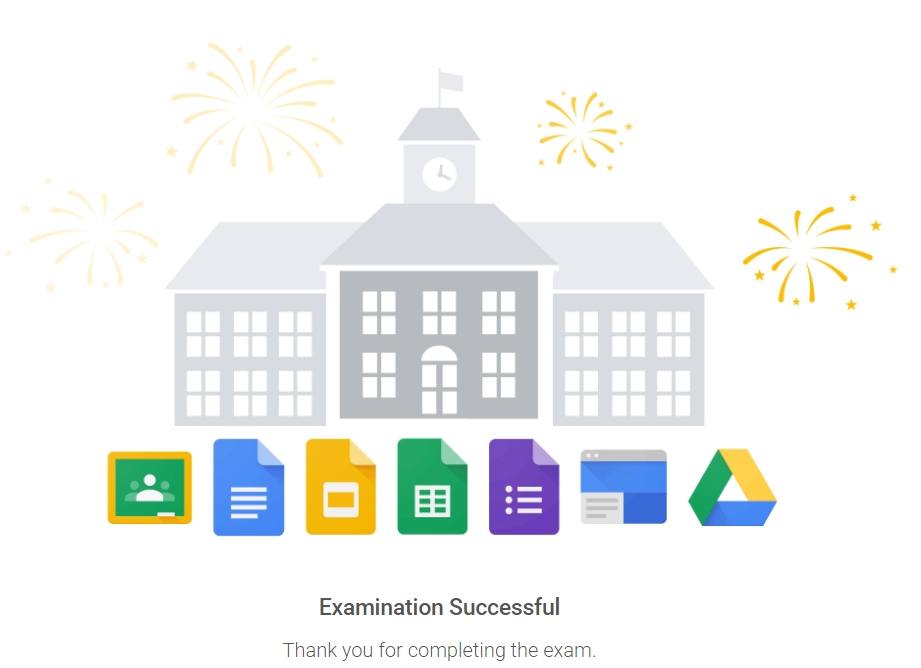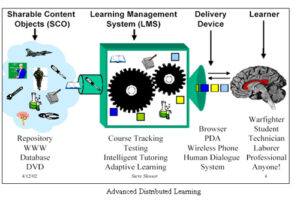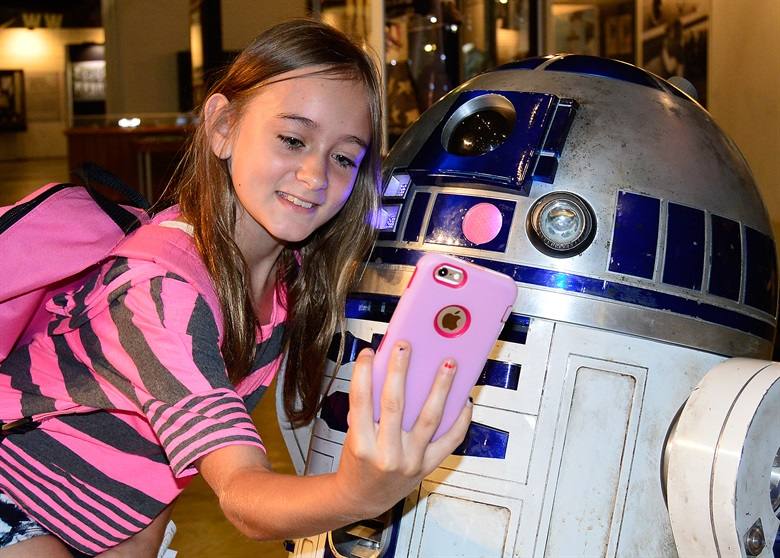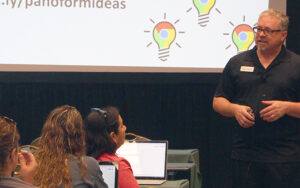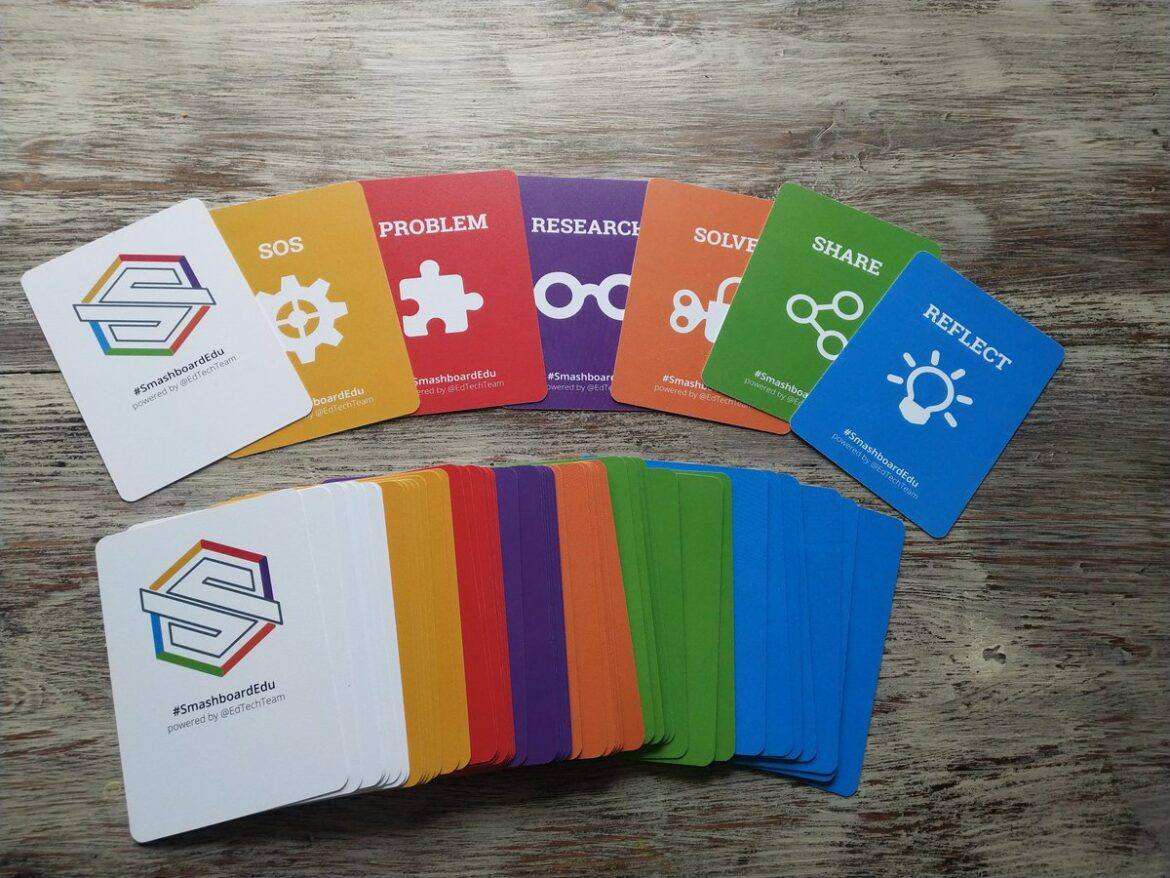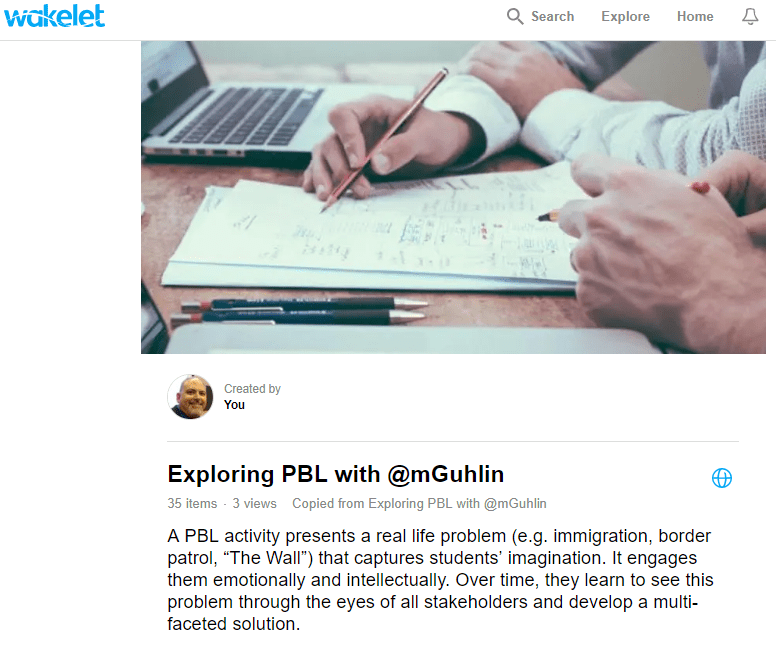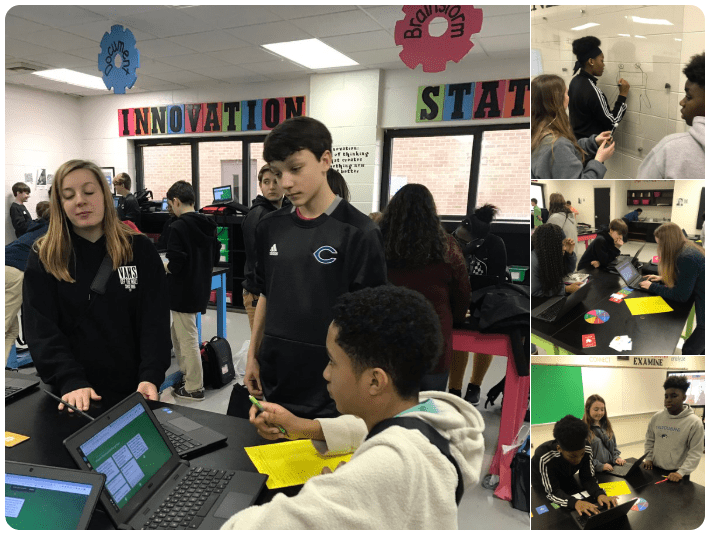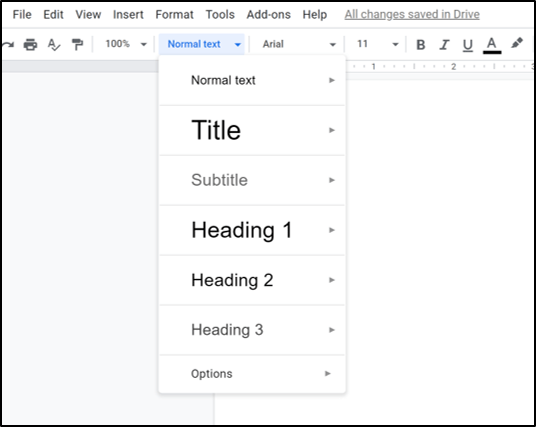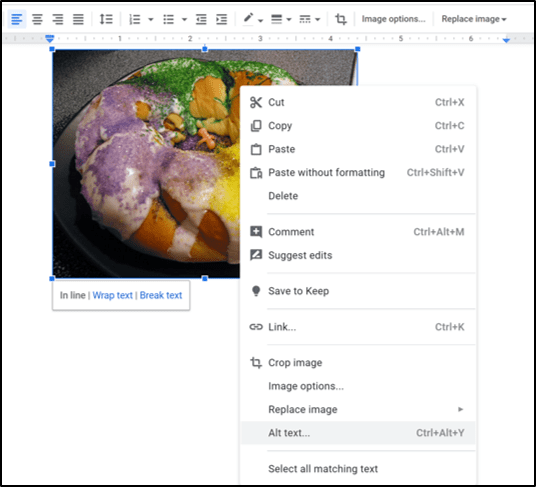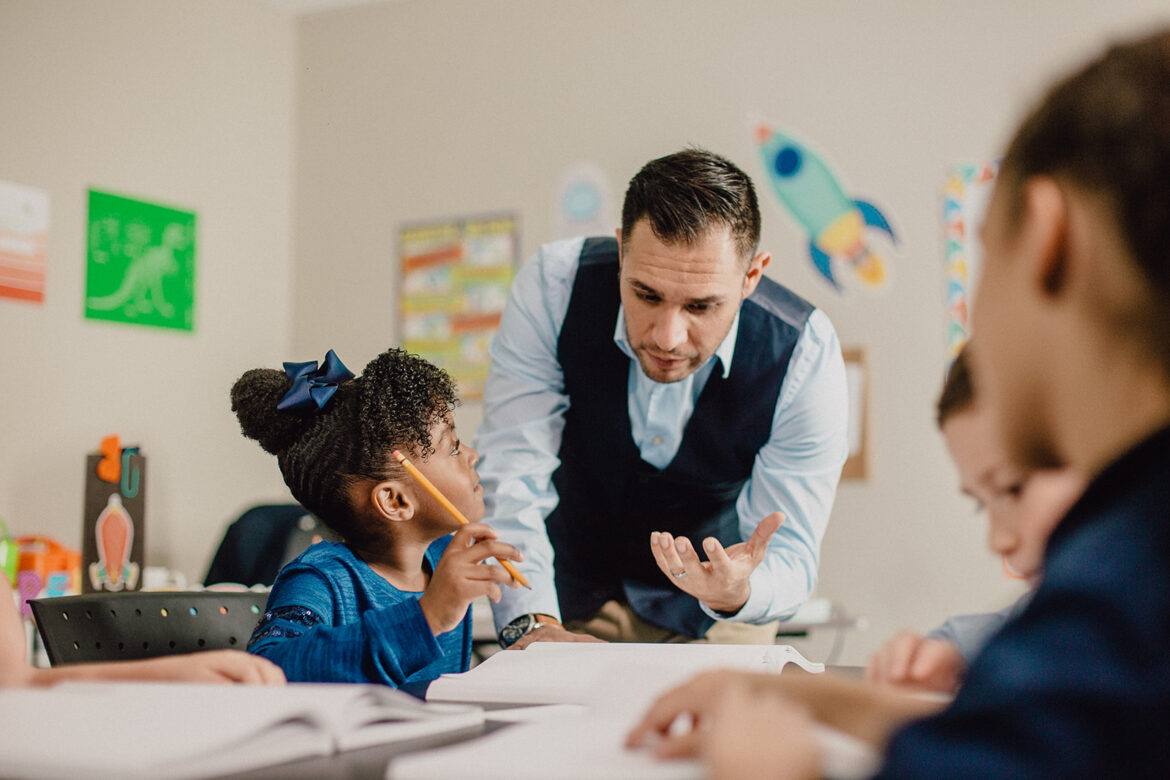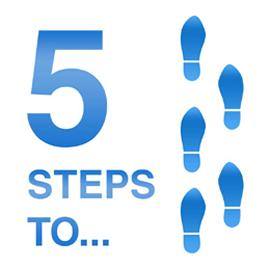Following the 2016 presidential election, America saw a steep rise in fake news and news designed for misinformation. As school librarians, we are also seeing a shift in how students consume news and information and their news source preferences. Now, more than ever, we need to integrate news literacy and media literacy into the teaching and learning students are engaged in through our libraries and curriculum.
What Is News Literacy?
According to the SchoolofJournalism.org
News literacy is the acquisition of 21st-century, critical-thinking skills for analyzing and judging the reliability of news and information, differentiating among facts, opinions and assertions in the media we consume, create and distribute.
We can’t talk news literacy without also addressing bias. We all have some level of bias acquired through our different experiences. Each of our individual biases is formed from a multitude of components including where we live, where we are from, culture (our own and our perceptions of others), pop culture, religion, and, of course, politics. What’s important for us to incorporate into our campuses about bias is helping our students and staff identify their own biases, understand that news sources contain bias, and then help them develop the skills to choose news sources in a more balanced way.
Why Teach News Literacy?
Many students want to have a better understanding of current events and news sources, but just don’t know where to begin. While doing a mini-lesson on news literacy with a group of 12th-grade students, they were asked, “What do you wish teachers/adults understood about how you get your news?” Here are a few telling responses:
“Sadly enough, sometimes I avoid watching the news, afraid of being subject to fake or heavily-biased news.”
“I do not watch the news that much except for on Snapchat. I wish we were actually taught about the current events.”
“I wish they understood that we don’t really know how or where to get the news. We also don’t really keep up with it as much as we should.”
In order to prepare students for the tumultuous news landscape of their present and future, we must hold frequent, candid conversations about evaluating sources for credibility, identifying bias, and striving for a balanced news diet. To develop these skills that are so essential to their growth as ethical global citizens, it is important for students to regularly interact with news, critically evaluate information, and engage in civil discourse.
Resources
- FactCheck: FactCheck.org is a project of the Annenberg Public Policy Center of the University of Pennsylvania. They are a nonpartisan, nonprofit “consumer advocate” for voters that aims to reduce the level of deception and confusion in U.S. politics. They monitor the factual accuracy of what is said by major political players in the form of TV ads, debates, speeches, interviews, and news releases.
- Politifact: PolitiFact is a fact-checking website that rates the accuracy of claims by elected officials and others who speak up in American politics. PolitiFact is run by editors and reporters from the Tampa Bay Times, an independent newspaper in Florida. They use a number of scales they’ve created: Truth-O-Meter to gauge accuracy of statements, Flip-O-Meter to rate whether an elected official has been consistent on an issue, and Promise Meters to gauge progress made on campaign promises.
- AllSides: AllSides is a news service aimed at cutting through one-sided bias and hyper-partisanship. They offer news stories on current topics “from the center.e ” “from thleft.” and “from the right” on a scale that rates the bias.
- Snopes: Founded in 1994, Snopes is the oldest and largest fact-checking site on the internet. It is a common source for checking hoaxes, urban legends, email scams, and sensational, clickbait social media posts.
- Britannica Insights: This is a Chrome extension tool to highlight Britannica School resources alongside your student’s search results. Free for Britannica School subscribers (18 states that have subscriptions). Doesn’t influence search results, but showcases those trustworthy sources that we always WANT students to use alongside their Google results. Once you click in, you will have all of the great features of Britannica, including adjustable leveling, videos, and other resources. Especially effective on historical events and people to help students gain context for their search.
- TEDEd How to Choose Your News: Video discusses the history of news, how trust was broken with traditional news sources, and how the Internet has changed the way news is shared. Can lead to some great discussion with students on how the media landscape has changed. Explains the phenomenon of circular reporting and how fake news spreads so quickly and easily.
- Source Deck Activity: This is a great research activity that I think would lend itself well to a news literacy conversation. Screenshot a variety of information sources and include the citation for each. Based on the snapshot and source information, students must evaluate the source and its relevance. Blog post on Britannica Learn with starter slides went up today.
- Common Sense Media: I have loved their digital citizenship curriculum for years. They have compiled some great resources and lessons to help turn students into fact-finding web detectives. They are currently updating and adding new lessons to this collection.
- NewseumED: NewseumED offers a wealth of resources for educators on media literacy, including lesson plans, artifacts, and case studies. They also offer virtual classes and professional development for educators.
- Choices Program by Brown University: Non-profit at Brown University developing curricula on current and historical international and public policy issues. Students dig deep into multiple viewpoints on contested issues. Free lesson resources and complete curriculum available to purchase.
- Checkology: A resource from the News Literacy Project that provides a virtual classroom with interactive lessons to help students learn to evaluate and interpret news. Activities to help them determine what news/information to trust, share, and act on. Topics include detecting/dissecting viral news rumors, investigating the impact of personalization algorithms, evaluating bias, and interpreting the First Amendment. Several sample lessons are available for free, with a paid subscription for the full curriculum.
- Media Bias/ Fact Check: Media Bias/Fact Check (MBFC) is an independent online media outlet. On their About page, MBFC says they are dedicated to educating the public on media bias and deceptive news practices. This site can be used to look up news sources found online and through social media postings to help students understand where that particular news source rates on their bias and fact checking.
- Above The Noise: This is a YouTube channel with great short videos about news literacy. Teachers can use the videos and have their students join the discussion on KQED Learn to investigate controversial topics and share their voices.
- Factitious: This is a great “game” to introduce students to bias and the importance of looking at news sources. This could easily be incorporated into a news literacy lesson and used in conjunction with many of the other resources listed here.
- Break Your Own News Image Maker: This is just a fun resource for students to make their own images like the ones you see in this blog post. It can also lead to discussions about the validity of images, image sources, reverse image searches, and how headlines are used as to gaslight and as misinformation.
Nancy Jo Lambert is a Google Certified Trainer and high school teacher librarian in Frisco ISD at Reedy High School. She is a presenter advocating for libraries by telling the story of the learning happening in her library. She holds positions in the Texas Library Association, American Library Association, American Association of School Librarians, Texas Association of School Librarians, and is the president of the TCEA LIB-SIG. She has been published in professional journals and won numerous awards and grants and was named TCEA Library Media Specialist of the Year the American Association of School Librarians Social Media Superstar Curriculum Champion in 2019.
Tiffany Whitehead, the Mighty Little Librarian, is an obsessive reader, social media user, and technology geek. She is the Director of Library at Episcopal High School in Baton Rouge, Louisiana. Tiffany earned her undergraduate degree in Elementary Education and School Library Certification from Southeastern Louisiana University and her graduate degree in Educational Technology Leadership from Northwestern State University. She has served as the President of ISTE’s Librarians Network and was recognized as one of ISTE’s 2014 Emerging Leaders. Tiffany is National Board Certified in Library Media and was named one of the 2014 Library Journal Movers & Shakers. She was the 2016 recipient of the Louisiana Library Media Specialist Award and the 2019 ISTE Librarians Network Secondary Award Winner.



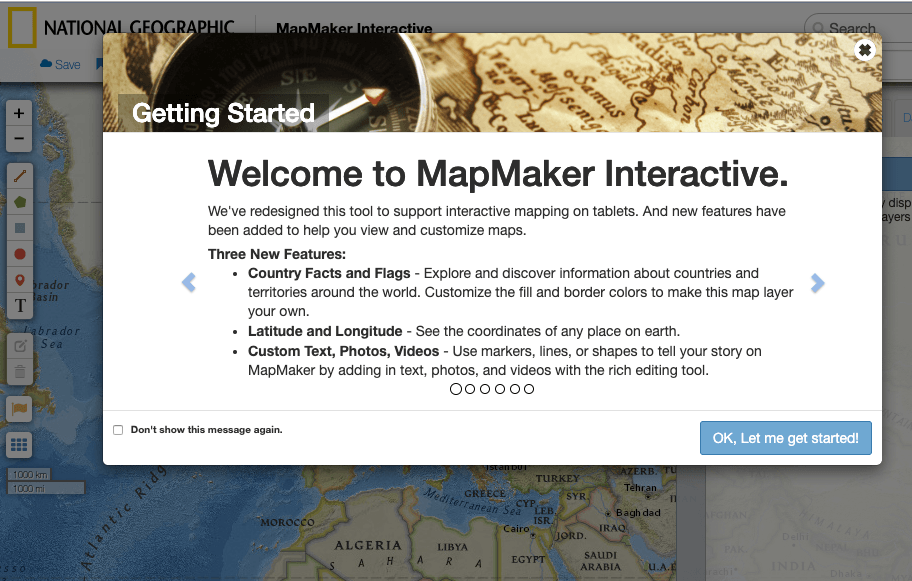
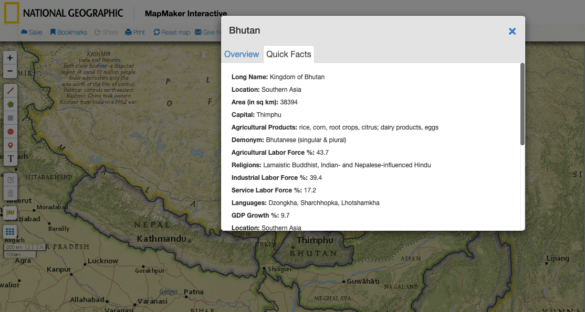
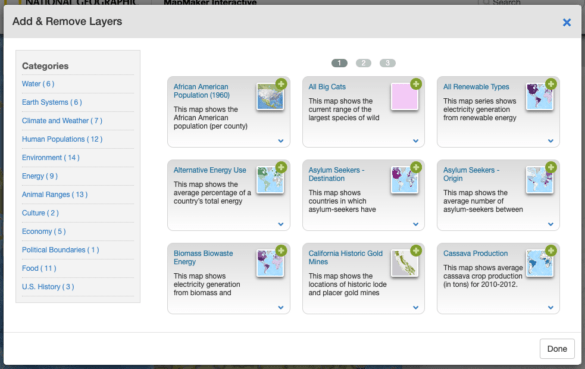
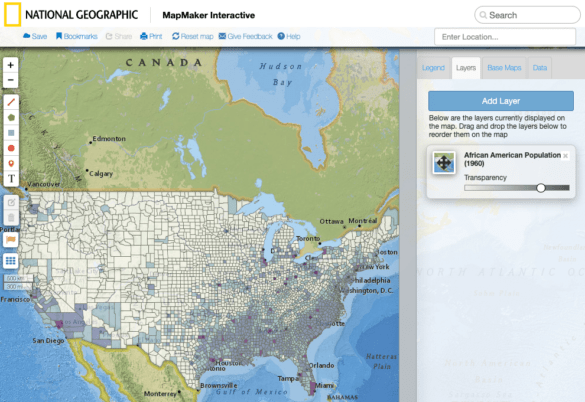
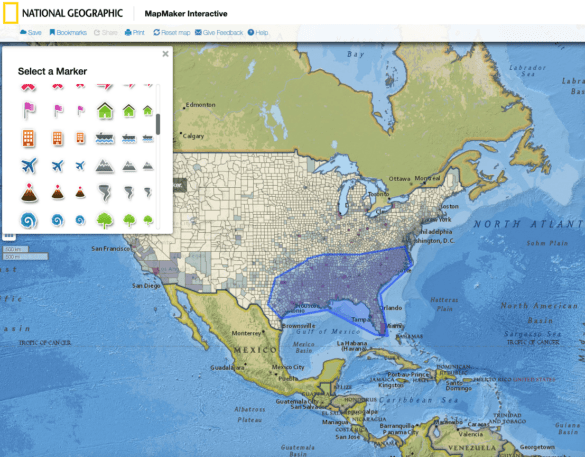
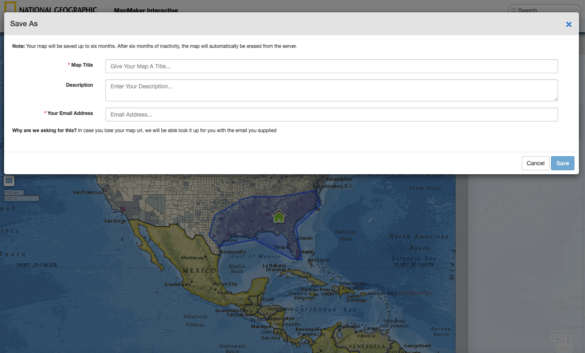
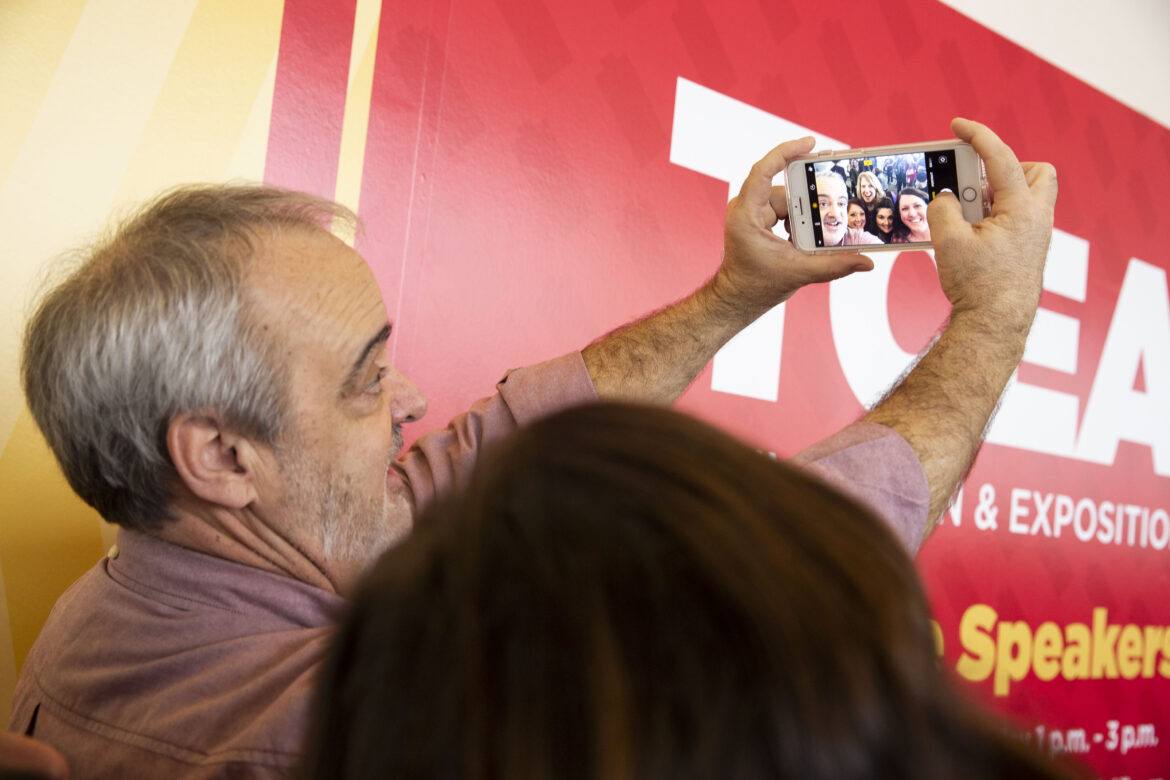
 A major frustration with social media is when it involves parents who listened to their children and took them at their word rather than following up with the teacher when something might sound unreasonable or silly. I had a parent post on Facebook, “How stupid is it that the school has a new rule that kids can’t run on the playground during recess. Isn’t that what recess is for?” This caused several other jerky parents (that’s right, I said it) to chime in with what they considered to be stupid rules. I called the mother and asked where in the world she got that information and she explained that her daughter told her they weren’t allowed to run on the playground. I explained that the students were welcome to run on the playground except in the mulch area (this is the area where we ground our playground equipment) because it’s often congested with students and there are lots of poles and pieces of equipment they can run into if they aren’t paying attention or trip over while running. The parent completely understood the need for that rule when I spoke to her, but unfortunately, she caused a negative situation by assuming the information her child gave her was true, even though it was ridiculous.
A major frustration with social media is when it involves parents who listened to their children and took them at their word rather than following up with the teacher when something might sound unreasonable or silly. I had a parent post on Facebook, “How stupid is it that the school has a new rule that kids can’t run on the playground during recess. Isn’t that what recess is for?” This caused several other jerky parents (that’s right, I said it) to chime in with what they considered to be stupid rules. I called the mother and asked where in the world she got that information and she explained that her daughter told her they weren’t allowed to run on the playground. I explained that the students were welcome to run on the playground except in the mulch area (this is the area where we ground our playground equipment) because it’s often congested with students and there are lots of poles and pieces of equipment they can run into if they aren’t paying attention or trip over while running. The parent completely understood the need for that rule when I spoke to her, but unfortunately, she caused a negative situation by assuming the information her child gave her was true, even though it was ridiculous.
